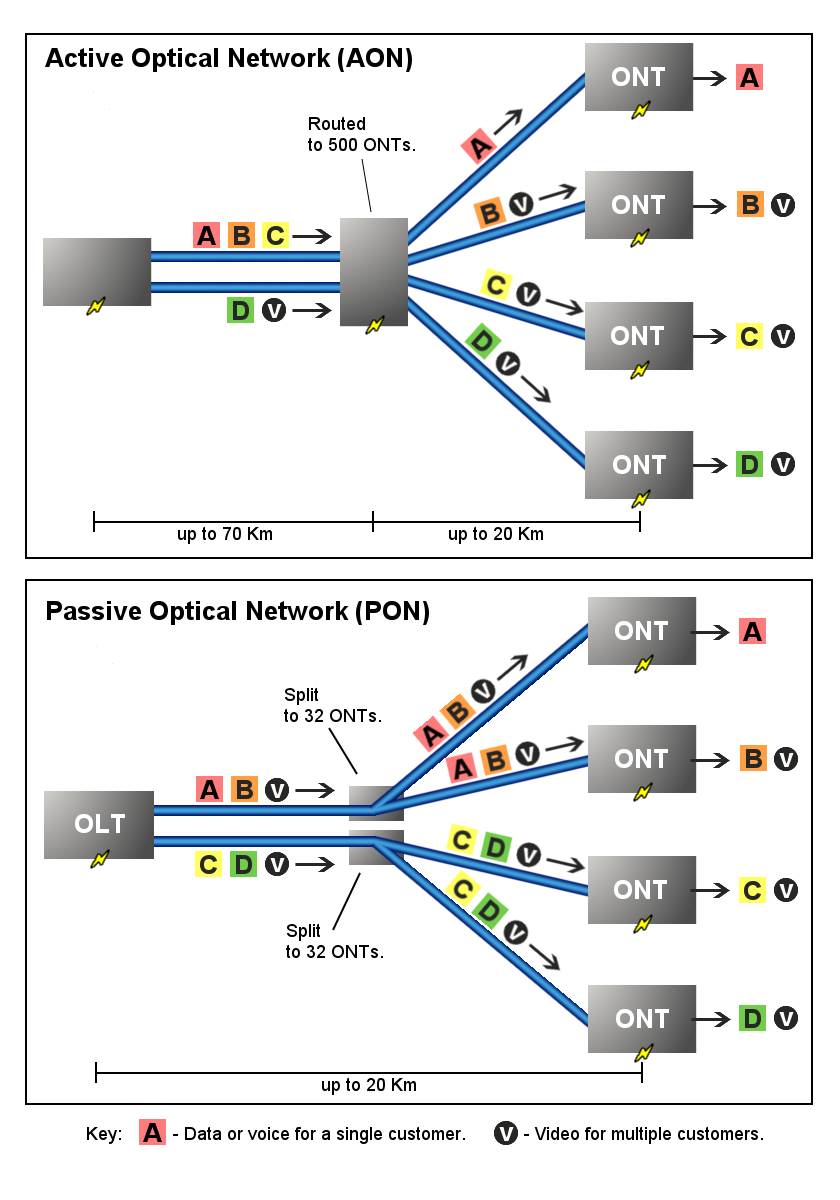The Advocate weighs in with its version of the story on the selection of an design and engineering firm for Lafayette’s Fiber To The Home Network. (The Advertiser story was yesterday.)
There’s a lot of overlap between the two stories. Both stories, for instance, report that Atlantic Engineering will do engineering design but only “oversee” construction. There is some interesting additional detail in this version. One makes a bit more sense of the large warehouse LUS recently choose an architect to design:
Contractors will not be asked to include in their cost estimates the price of fiber-optic cable and other materials, Ledoux said. Instead, LUS plans to separately seek bids for material in bulk, storing it in a planned warehouse, then doling it out to contractors as needed, Ledoux said, adding that approach should save money.
Contractors often handle this themselves–and charge an nice cost-plus markup to take on the trouble. In a project this size cutting out that middle man will save the community an nice chunk of change. By consolidating what might otherwise be a number of separate bids LUS will put themselves in a better bargaining position with suppliers than their subcontractors could manage as well.
Another paragraph briefly describes some of the decisions that AEG will help LUS make (caution: geeky stuff ahead):
LUS has already studied the specific technical decisions needed as related to the type of equipment and technology it will use to build the network. An example is the decision to make the network passive or active, technical terms that describe how it is the actual signals are relayed or split on their way from LUS’ head-end facilities before arriving to the end user.
This is important stuff. It involves the nitty-gritty of how the network will be built. Not all Fiber to the Home (FTTH) builds are the same. One significant difference is the whether you get a direct signal from the headend, unshared by other users or split the original signal with (usually) 32 others in your immediate neighborhood.
<timeout for definitional issues>
The first, direct connection, the FTTH Council calls a Point to Point system (acronym: P2P) and the second a Point to MultiPoint (P2MP). That is a neat, clean, contrast, that focuses on the functional difference. But P2MP systems have been more commonly described locally as Passive Optical Networks (PON) and I’ll continue that mixed usage here. I wish there were a common standard…but there’s not.
</timeout for definitional issues>
P2P systems provide the highest speed/largest capacity to the end user and a less costly and more flexible upgrade path. PON systems do not require “active” electronics in the field, only the aforementioned “passive” splitters and so are easier to maintain. Until very recently PON systems were considered cheaper to install but recent pricing changes, especially in the electronics of the networks, means that there is no longer a decisive difference in price.
 (In the image at right the AON (Active Optical Network) is a P2P system)
(In the image at right the AON (Active Optical Network) is a P2P system)
LUS has long leaned toward a PON system as does its chief advisor, Doug Dawson of CCG. AEG has built both kinds of systems. As I understand it Bristol, VA’s system is PON and Provo’s is a P2P system. Perhaps the AEG’s Jim Salter and associates will have a different take on this issue.
I tend to favor P2P. It’s the natural endpoint in the development of any FTTH system and turns the full power of the network over to the enduser without sharing network capacity with his or her neighbors. It also means that any user could potentially have a completely different setup from their next door neighbor, using radically different speeds, protocols or even providers; a task much more difficult or even impossible to achieve on a passive network where the electronics are shared. With cost differences falling to zero P2P seems like the smarter long-term bet. That said, it is possible to overbuild a PON system and provide capacity to do some P2P connections that bypass the local splitters. Going with an overbuilt PON of that sort would alleviate some of the deficiencies of the PON architecture in that a user that really needed the flexibility could probably, arduously and at significant cost, arrange to have it. But it would not put the best the system can offer to every user’s doorstep–and that, in the end, is what I think a local utility should do.
Interesting days. Isn’t it great to have stuff like this to worry about?
Lagniappe: if you find this stuff fascinating (cough, cough) or if you don’t but think it important enough to understand better anyway you can click over to Wikipedia’s Fiber to the Premises page for a relatively nontechnical explanation of the distinction between the two basic architectures–presented using the terms AON and PON.
Very nice blog post. I definitely love this site. Stick with it!